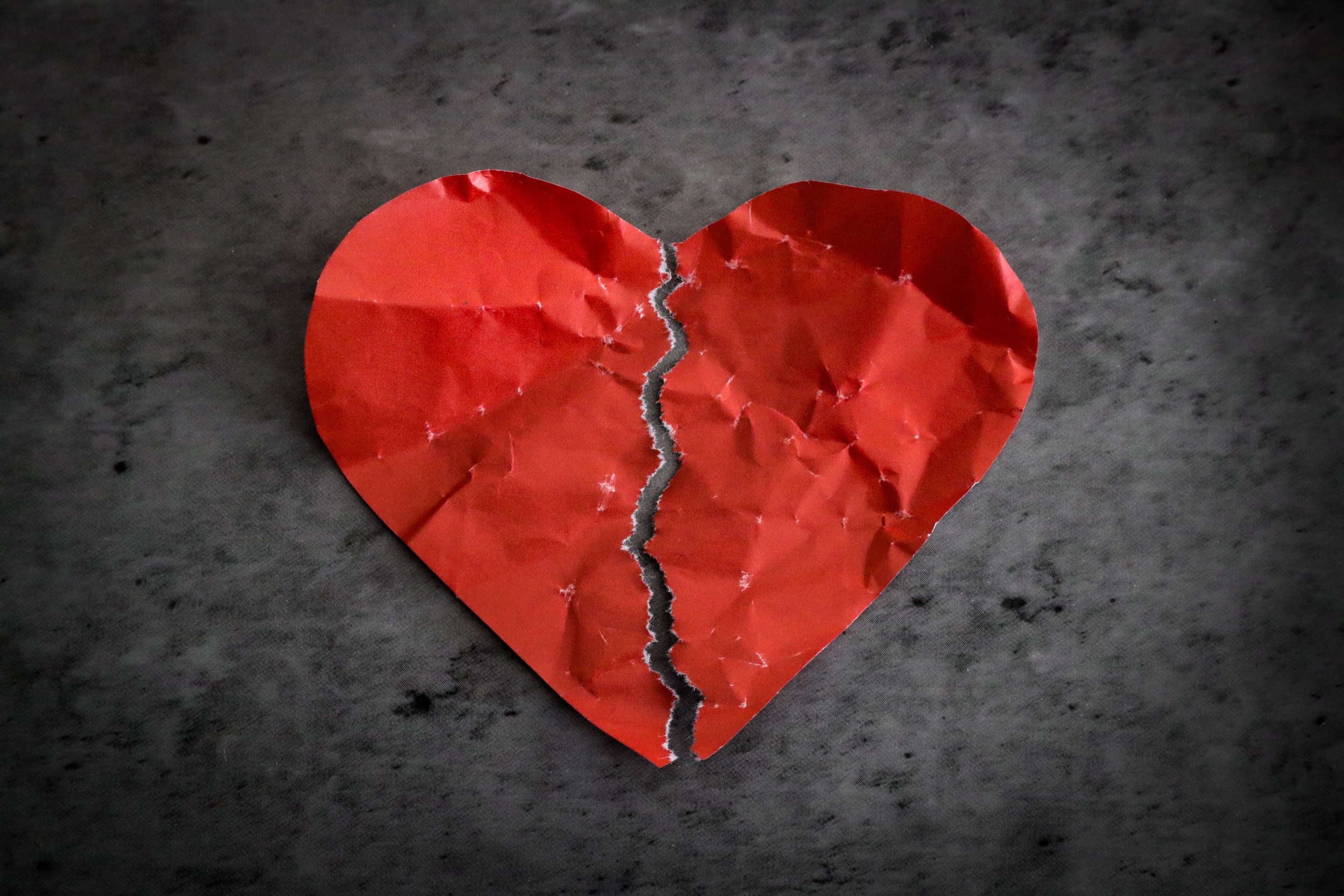How are you with rejection? Some people seem fairly immune to it and manage to brush it off. Others are very much affected by it, whether real or imagined, imminent or on the distant horizon. Many of my clients are in the latter camp, fearing rejection or abandonment, especially in romantic relationships.
As we try to address this problem, it’s helpful to begin thinking about it from an evolutionary perspective. Remember how humans have lived for almost our entire evolutionary history. We evolved from apes, who live in groups. And then lived as hunter-gatherers for hundreds of thousands of years, again in groups. We lived in villages with an extended network of family and others in our tribe.
These villages were well-protected, with strong fences surrounding them, because outside those fences were large, hungry animals who wanted to eat us. And neighbouring tribes, who could attack at any time. So it was very important – quite literally a matter of life and death – that you were inside that fence, especially as night fell.
And this meant that being rejected by the group in any way – shunned, banished, ejected from the village – would have been terrifying, because in that world (think the savannah, full of ravenous hyenas, lions and leopards; or forests, bristling with sharp-toothed bears, mountain lions and wolves) you would not make it for even a single day on your own.
Evolutionary psychologists think this is why the fear of rejection can be so intense, because somewhere deep in the more primitive recesses of your brain is the knowledge that rejection = death. It’s that stark.
Fear of abandonment
This is one reason why humans can be highly sensitive to the possibility of being abandoned in relationships. But there are many others, including having an Abandonment schema. This is a neural network in your brain holding ways of thinking, negative beliefs about yourself and others, powerful emotions and their resultant bodily sensations. When this schema gets triggered, you feel just awful – highly anxious and panicky, upset, angry or some other powerful emotion.
This would show up in your body as changes to your heart rate and breathing, becoming hot and sweaty, or tight, tense muscles. You might also believe things like, ‘No-one could ever love the real me,’ or ‘Everybody I love will eventually leave me.’
I have been thinking about this schema a lot recently, as I am reading Love Me Don’t Leave Me: Overcoming fear of Abandonment & Building Lasting, Loving Relationships, by Michelle Skeen. It’s a classic self-help book, drawn from the schema therapy model, so much of it chimes with my way of thinking/working. Skeen reminds us that this schema can develop for many reasons, including being abandoned as a child – for example, if your father left the family to go and start a new relationship and you barely saw him after that.
The abandonment could also have been more subtle. In this case, perhaps nobody actually left the family, but they weren’t very attuned to you or your needs as a child. They might have been good at what I call ‘practical love’. Feeding you, keeping you clean, getting you to school on time, all the important logistical stuff of parenting.
But not so good at the warm, emotional side of being a mum or dad – soothing hugs, telling you that they loved you and making you feel cherished, valued as a unique little person. In this case, you might feel abandoned, because your needs were profoundly unmet. It’s like an emotional, rather than physical abandonment.
Whatever the cause of this schema in childhood, as an adult you may struggle with relationships in various ways. You might become anxious and clingy, texting or calling your partner multiple times a day if you feel them pulling away. Or you could do the opposite, pushing them away, picking fights or even leaving them before they get the chance to leave you. If you have this schema, you might even avoid relationships altogether, because they have been so heartbreakingly painful when they fell apart.
Healing your schema
If any of this resonates with you, I am sorry – it’s such a deep and painful schema and really can make life a struggle. But remember that none of this needs to be a lifelong problem. Schemas, like so many systems and structures in your brain, are not fixed or set in any way. I often write about the concept of neuroplasticity, because I find it such a hopeful and positive idea. It means that whatever kinds of painful experiences you have had, and however they have imprinted on to your brain, they can be changed. Schemas can weaken and fade in intensity. Your attachment style (which could be either anxious or avoidant, if you have the Abandonment schema) can become more secure.
It really is all up for grabs, because your brain is shaped and moulded by experience. Think differently, over and over, and you form brand-new neural pathways. So instead of ‘No-one could ever love the real me,’ you learn to think, ‘I may not be perfect, but I am loveable and likeable just as I am.’ Over and over, until that pathway becomes wired in and the old one withers away.
Try reading Michelle Skeen’s book, for starters, because it really is very helpful and good. If this is a highly sensitive issue for you, I would recommend seeking therapy, preferably with someone who understands problems related to rejection and abandonment and can offer you a thought-through, convincing roadmap to healing.
And eventually, after doing some work on this stuff, finding a loving, supportive partner will be the most healing thing you could do. That may seem daunting right now, or even impossible, but it’s always one of my treatment goals when I’m working with abandonment-phobic people. It is doable, if you get enough help and support to make the necessary changes, trust me on that.
You could also try one of my most popular Insight Timer practices, Calming Your Parts: IFS Meditation. This will help you calm and soothe the young, abandoned part of you that gets triggered in relationships.
I very much hope that helps – sending you love and warm thoughts ❤️
Dan



















